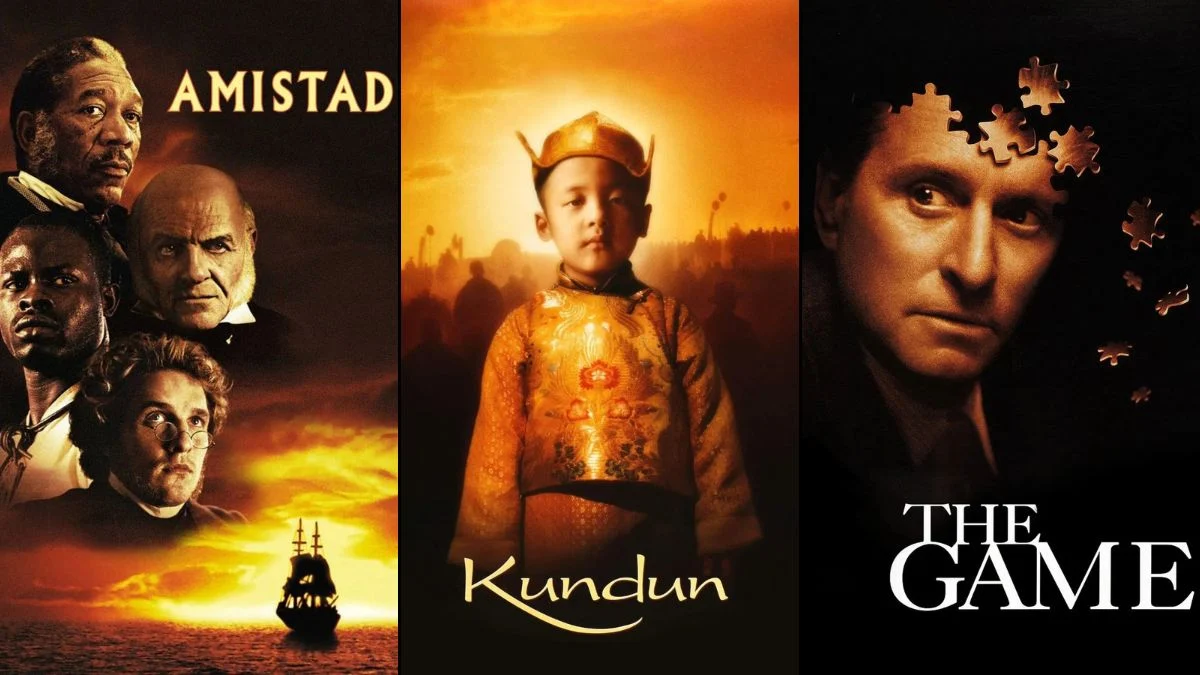
Sometimes, even well-known directors release films that don’t immediately grab a lot of attention. While their name alone usually draws crowds, these movies often fly under the radar. However, they offer valuable insight into the director’s style, exploring their favorite ideas and techniques. These films are typically well-made, with strong acting and a unique look, and they become even more rewarding with repeated viewings as you notice subtle details.
This list features twenty films by well-known directors. It includes their early work that helped launch their careers, personal projects where they took risks, and smaller releases that often get overlooked. Each film provides insight into the director’s journey and offers a genuinely enjoyable viewing experience, making them all easy to recommend.
‘The Sugarland Express’ (1974)
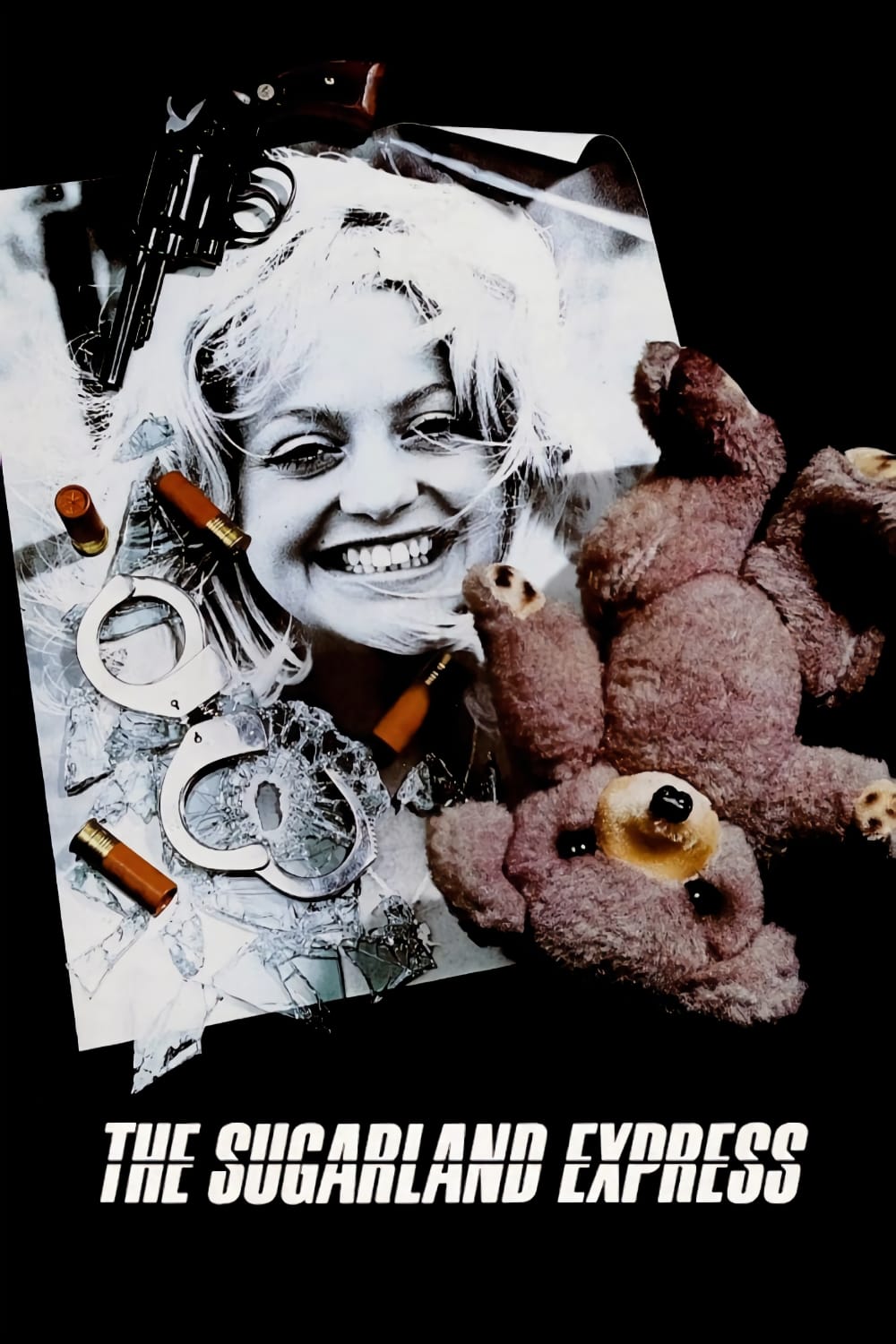
Steven Spielberg’s first movie for theaters tells the story of a Texas couple trying to get back their child, which leads to a high-speed chase across the state. The film feels realistic because it was shot on location, uses actual driving stunts, and incorporates real-time radio communication, all of which build the excitement as the chase gains attention from onlookers along the road.
Filmmakers collaborated with state and local police for location setup and coordination, and they used actual news teams and background actors to create realistic roadside shots. John Williams composed the film’s music, beginning a long and successful working relationship, and the movie won the Best Screenplay award at Cannes, giving Spielberg early international recognition.
‘After Hours’ (1985)
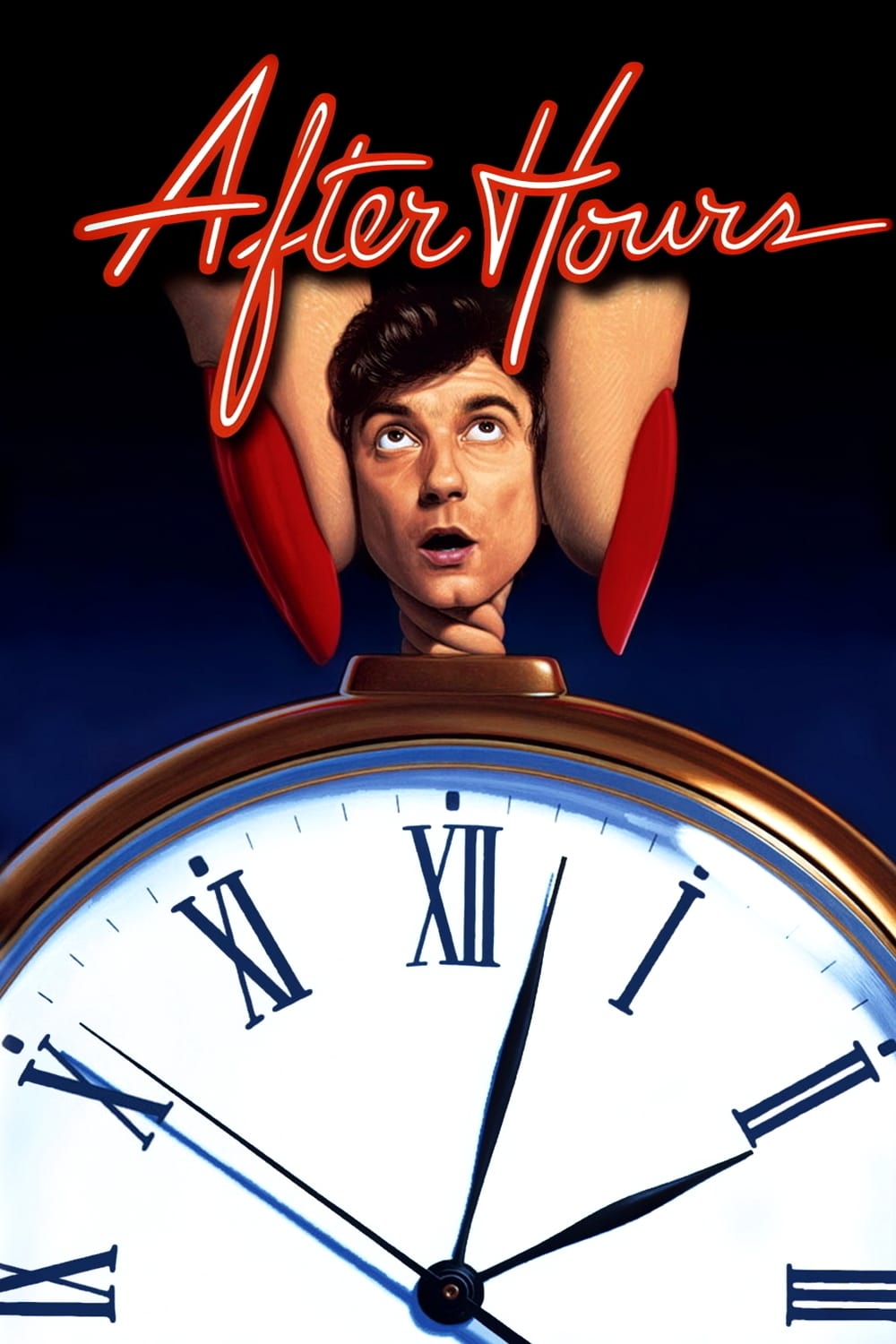
Martin Scorsese’s film takes place over one night in New York City, following a word processor trying to get home. Along the way, he encounters various people – artists, bartenders, and police – and the story progresses through a series of misunderstandings and chance encounters that lead him from place to place. The camera smoothly moves through the city’s streets and buildings, capturing the feel of his journey.
The film was shot on location in SoHo, capturing the neighborhood’s vibrant nightlife. The filmmakers kept things moving quickly by using available light and simple sets. It debuted at Cannes, where Scorsese received the award for Best Director. Because of the film’s flexible schedule and budget, he was able to try out new techniques with editing, sound, and camera work in between his bigger projects.
‘The Hudsucker Proxy’ (1994)
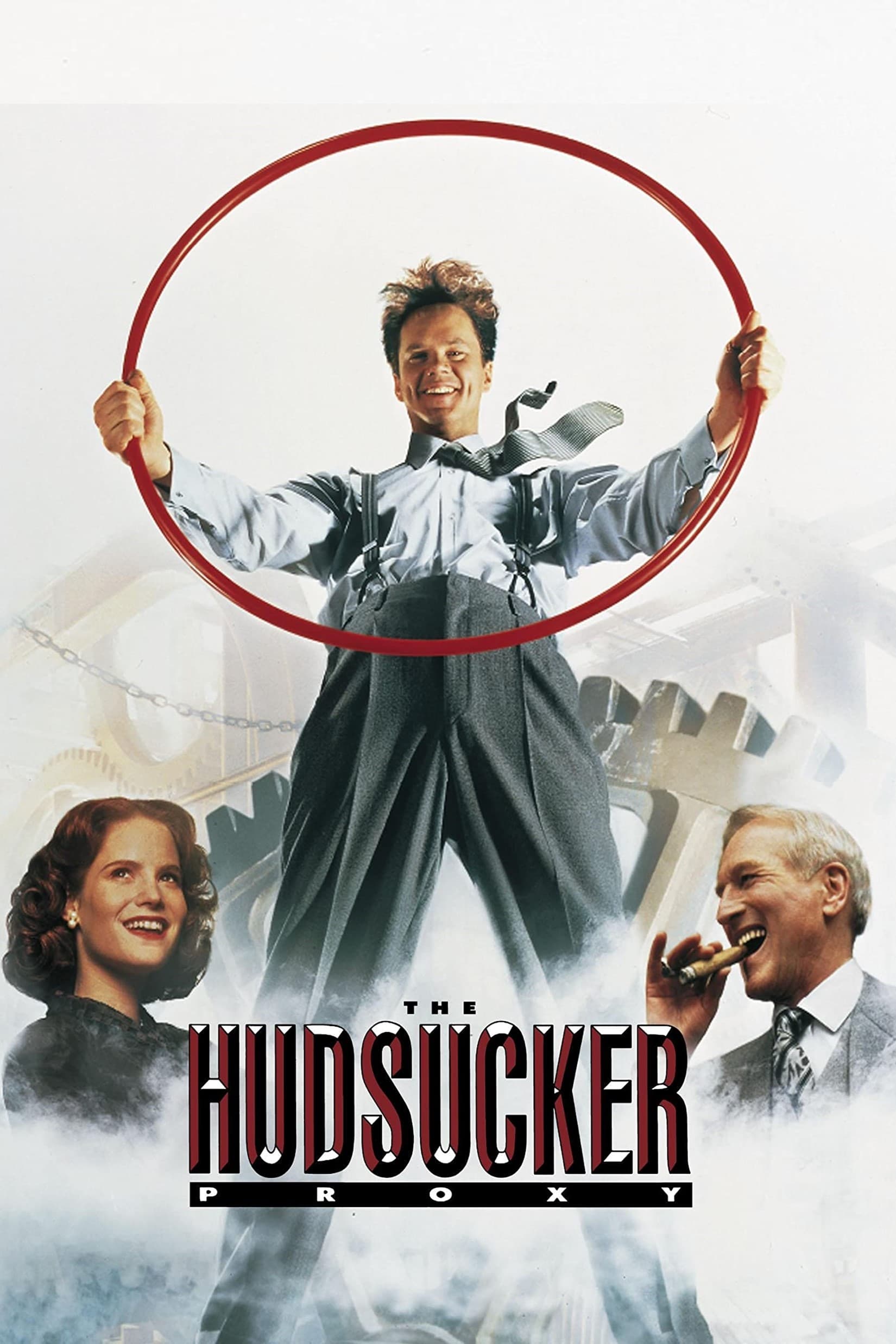
The Coen brothers’ film depicts a mailroom worker unexpectedly made president of a company as part of a stock manipulation plot, all set in a visually striking, mid-century Manhattan. The film’s design emphasizes grand lobbies, glass-walled conference rooms, and recurring clock imagery, complemented by dialogue that captures the language of the time.
The film’s impressive interiors were created using a combination of full-scale sets at Carolco and Wilmington studios, along with miniatures, painted backdrops, and real-world effects for cityscapes and elevator scenes. The music, composed by Carter Burwell, relies on recurring musical ideas. This film also began a fruitful working relationship with cinematographer Roger Deakins, and it showcased a precise use of symmetry and lighting that would become a hallmark of future Coen brothers films.
‘One from the Heart’ (1982)
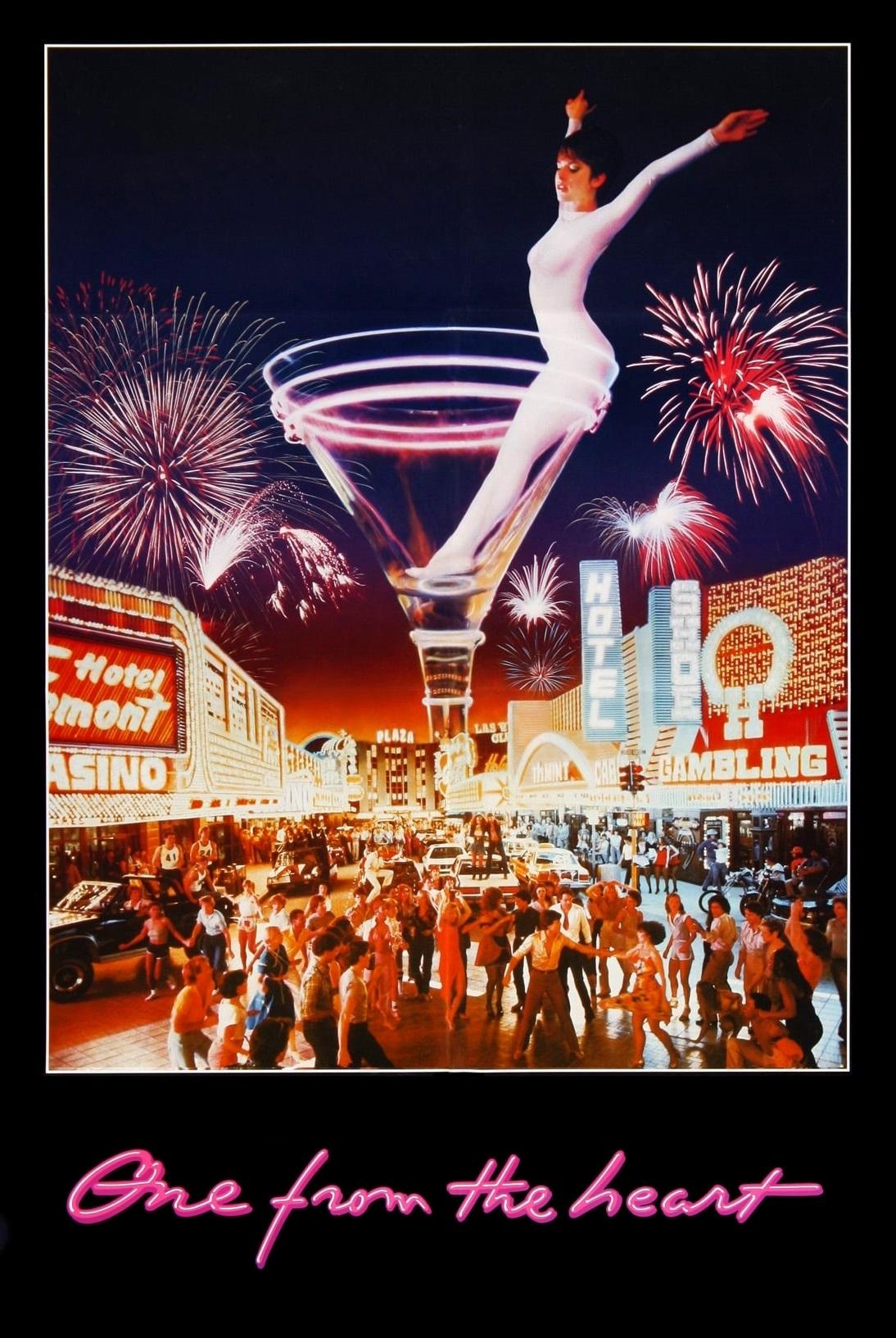
Francis Ford Coppola’s film depicts a love story’s ups and downs against the vibrant backdrop of Las Vegas, which was actually built entirely on a studio lot. The movie creates different feelings through techniques like projecting images onto screens, using painted backgrounds, and carefully timed lighting and music, particularly in long, flowing scenes.
Filmed at Zoetrope Studios, the production heavily utilized electronic editing and video assistance – techniques Francis Ford Coppola championed to update how movies were made. The film features a complete set of songs by Tom Waits and Crystal Gayle, carefully chosen to align with the story’s key moments. Due to its budget and deliberate set design, the movie became an example of how studios could experiment with large-scale filmmaking.
‘Sorcerer’ (1977)
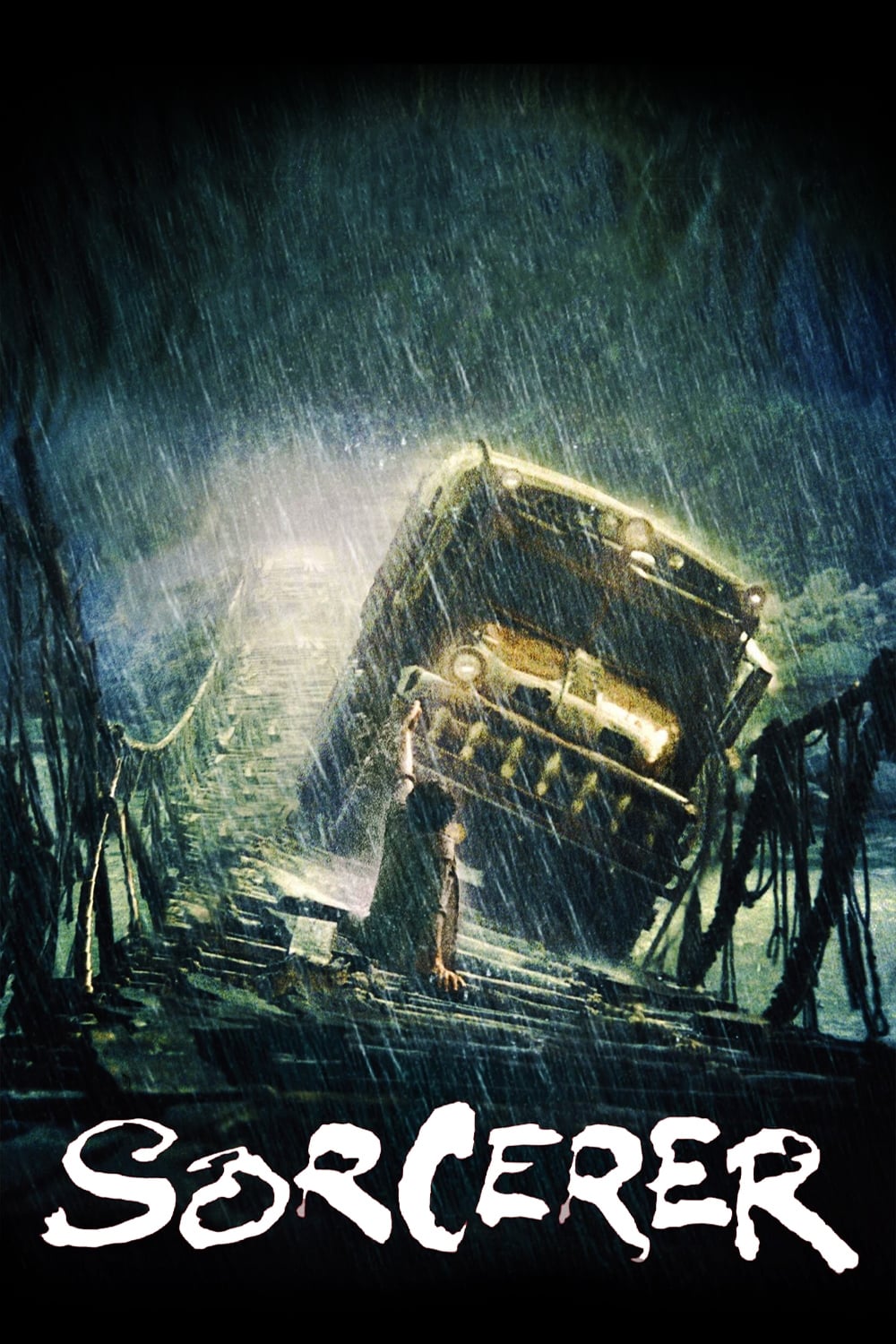
William Friedkin’s film follows four men tasked with the dangerous job of transporting unstable dynamite through challenging rainforest and mountain terrain – one wrong move could cause a devastating explosion. The movie realistically portrays the gritty details of their journey, including building roads, constructing bridges, and keeping their trucks running as they battle storms and mud.
For the climax of the film, the team constructed a functional suspension bridge and drove heavy trucks across a flowing river. Filming occurred in several countries to showcase diverse landscapes, and the sound was carefully crafted with engine roars and realistic environmental sounds to build suspense, minimizing the need for spoken words.
‘Bring Me the Head of Alfredo Garcia’ (1974)
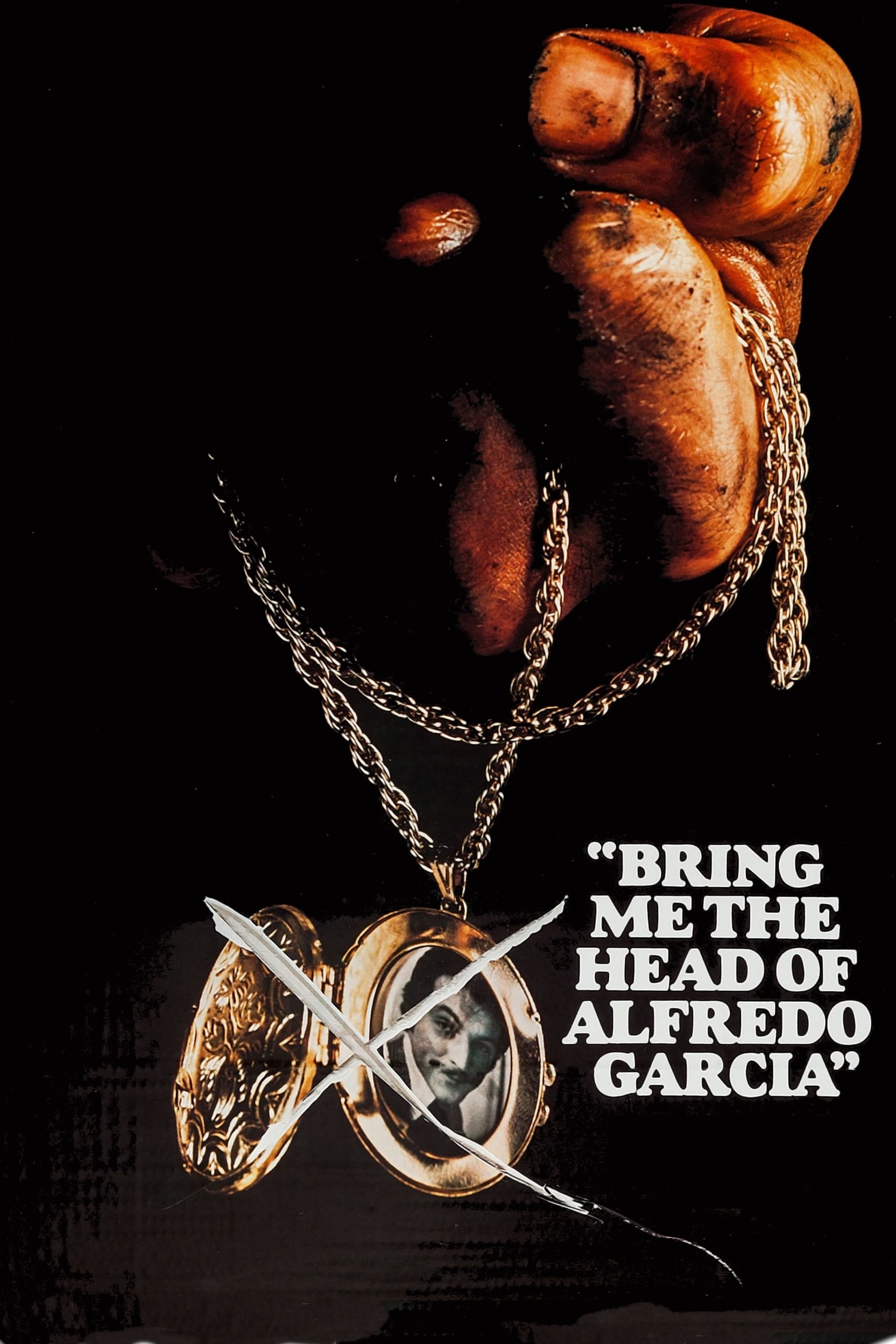
The film focuses on a bar musician hired to transport the head of a wanted criminal. He travels across Mexico with the deceased man, and the story follows his preparations, the retrieval of the head, and the dangerous trip back. Along the way, stops at motels, bars, and checkpoints create further complications.
Peckinpah filmed on location with a small team and faced restrictions with permits, which led to a raw, improvisational shooting style and a focus on natural lighting. He worked with frequent partners like Warren Oates and cinematographer Alex Phillips Jr., and while he didn’t overuse slow motion, he favored a more mobile, handheld camera approach compared to his bigger western films.
‘Night Moves’ (1975)
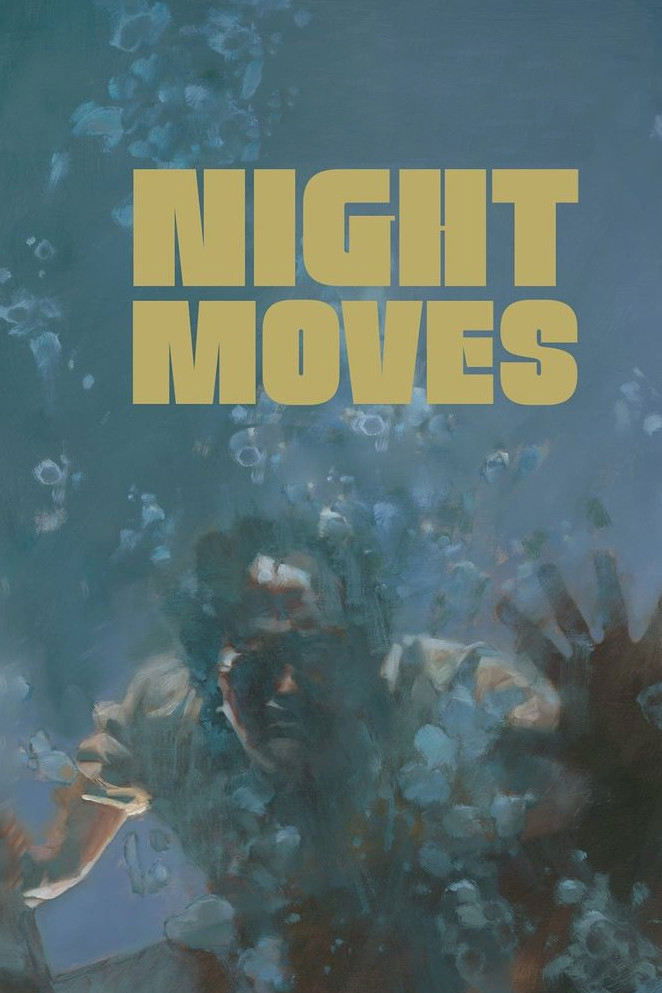
Arthur Penn’s film follows a Los Angeles private eye who takes on a missing person case that unexpectedly leads him to Florida and a dangerous salvage operation. The investigation unfolds through phone records, surveillance, and travel details, revealing a hidden smuggling operation. Ultimately, the story culminates on a boat where all the clues converge.
The show was filmed using actual boats in real coastal locations and marinas, avoiding the need for extensive visual effects in scenes of sailing and docking. The characters’ conversations include references to sports and movies, helping to establish the time period, and the editing style pauses to emphasize characters’ reactions, giving the audience time to process information before moving the story forward.
‘The Game’ (1997)
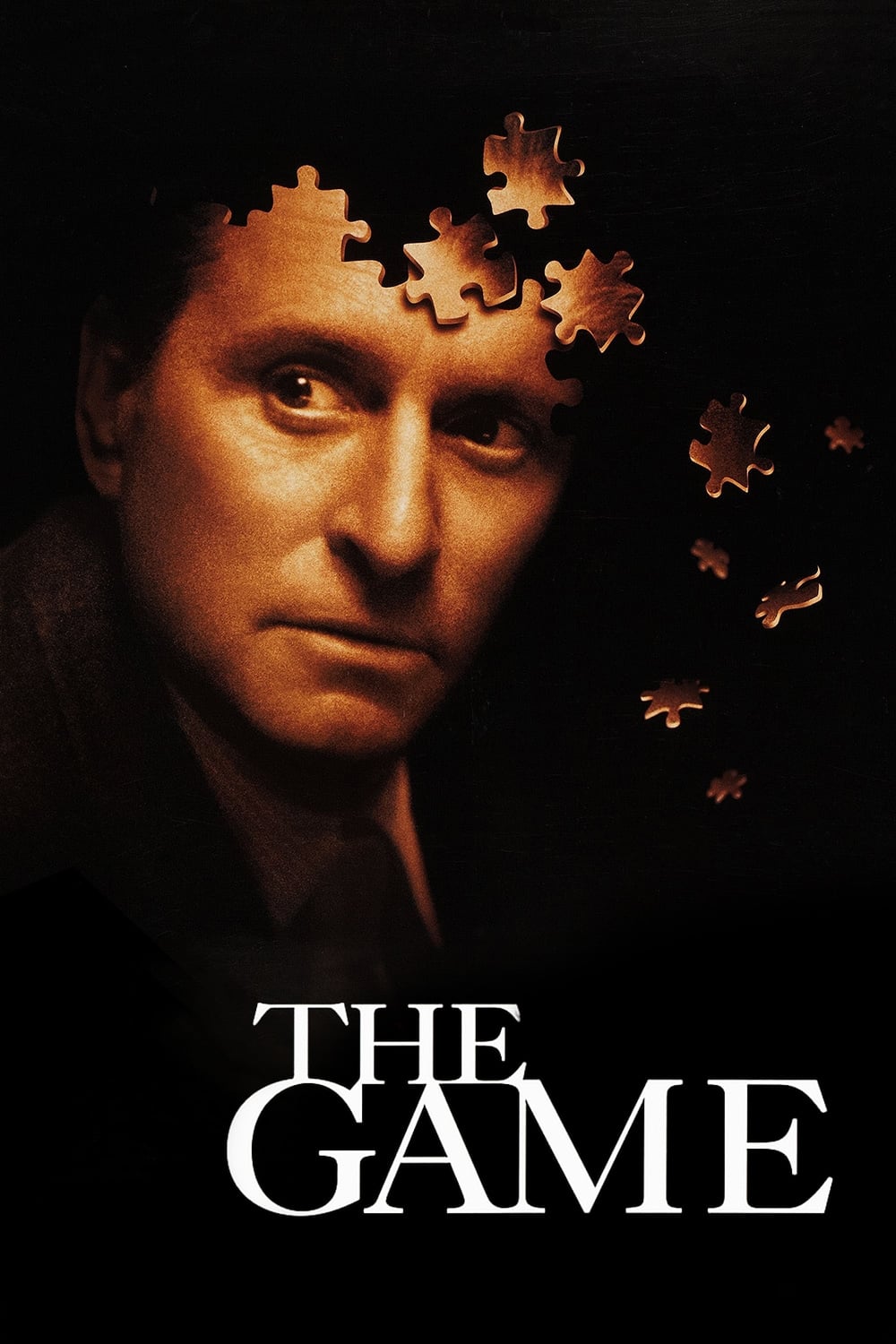
David Fincher’s film centers around a successful banker who receives a strange birthday present – a service that starts subtly influencing his life and quickly spirals out of control. As the service expands, it manifests in increasingly noticeable ways, like manipulated phone calls, altered financial documents, and staged events, creating a growing pattern of daily disruptions.
Filming took place all over San Francisco, frequently at night. The filmmakers used special lighting and powerful lenses to make the city feel close and intimate. The production team built sets that could be easily broken for action sequences and worked with stunt performers to time comedic moments perfectly. The music is subtle, designed to blend with the sounds of the city and its machines.
‘Thief’ (1981)
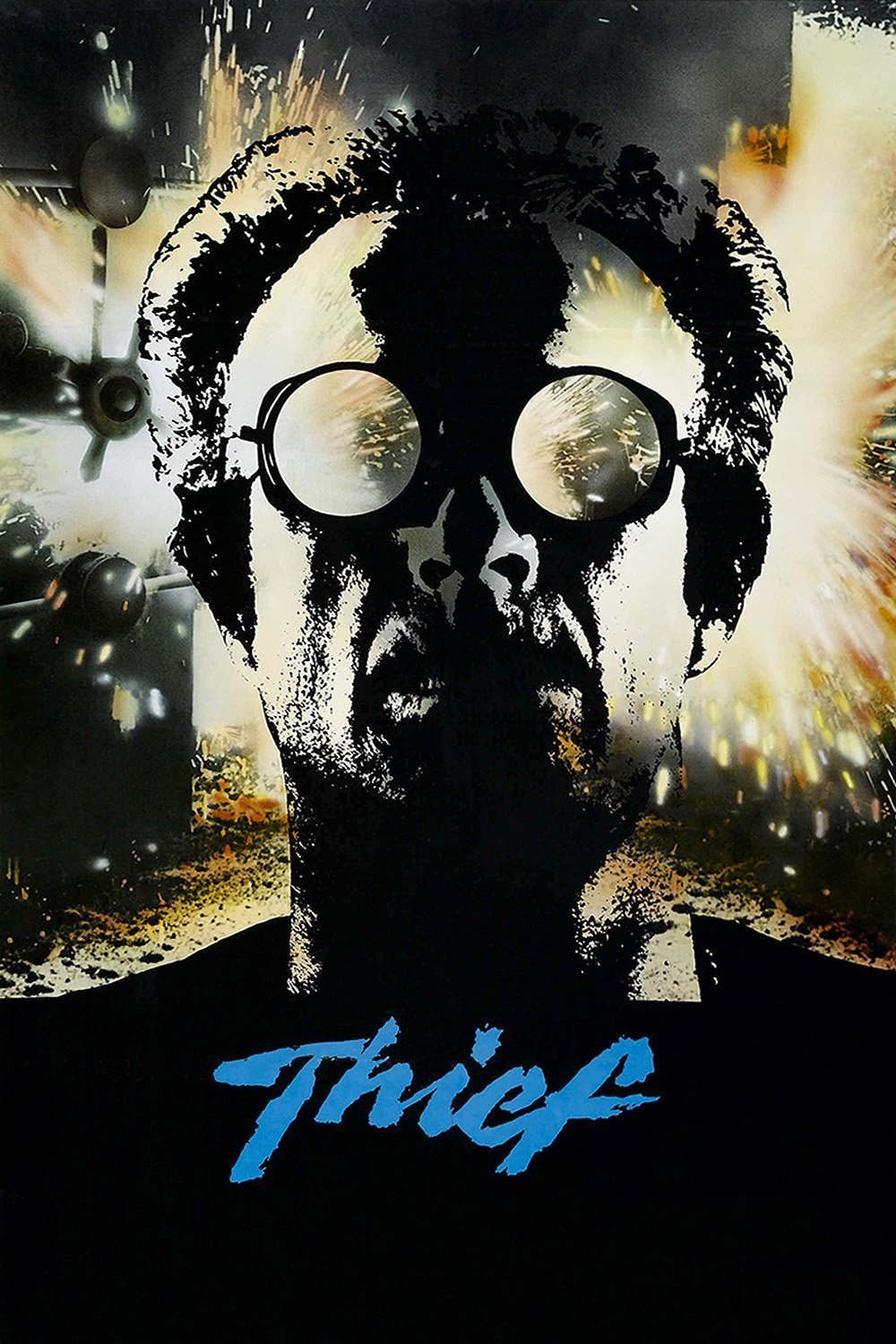
Michael Mann starts his film with a realistic and intricate safe-cracking scene, using actual tools like a thermal lance and specialized drills. The story centers on a skilled thief attempting to settle down, even as he undertakes a more ambitious heist, and it realistically depicts all the planning involved – from getting equipment to scouting locations and moving the stolen items.
Filmed in Chicago after midnight, the movie took advantage of deserted streets and rain-slicked surfaces. Experts in their fields helped recreate realistic technical details. Tangerine Dream’s music creates a consistent, driving rhythm for the nighttime shots, and the camera frequently focuses on close-ups of hands and faces, emphasizing the process itself rather than dramatic visuals.
‘A Simple Plan’ (1998)

Sam Raimi’s film follows three friends who discover a bag of money in a plane wreck. They try to keep the cash a secret, but their lies and efforts to cover their tracks create unexpected problems. The snowy landscape adds to the difficulty, as footprints and tire marks threaten to expose them.
Filming took place in cold temperatures to realistically show characters breathing and wearing bulky clothes, influencing how scenes were staged and acted. The movie focuses on intimate settings like kitchens, living rooms, and local offices, and uses everyday objects – notebooks, receipts, and answering machines – to create a sense of suspense and build the story through tangible clues.
‘The Straight Story’ (1999)
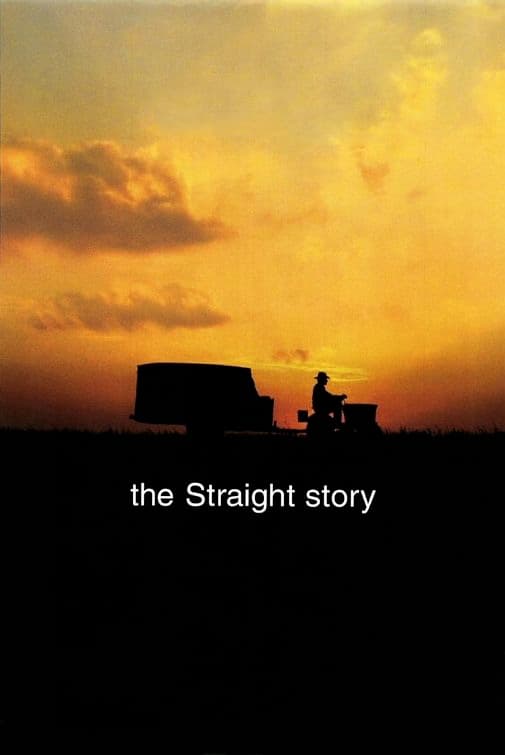
David Lynch’s film tells the real story of Alvin Straight, an elderly man who traveled hundreds of miles on a lawnmower to see his ailing brother. The movie carefully depicts his journey, highlighting the distances he covered, the repairs he had to make, and the small, helpful interactions he had with people along the way who offered him food, a place to stay, and directions.
The filmmakers collaborated with small, rural communities along the route to showcase the changing seasons and the pace of life in those towns. Angelo Badalamenti’s music features straightforward melodies, and the film uses expansive shots to emphasize the natural landscapes. This project differs from the director’s other work with its calm atmosphere and straightforward storytelling.
‘Kundun’ (1997)
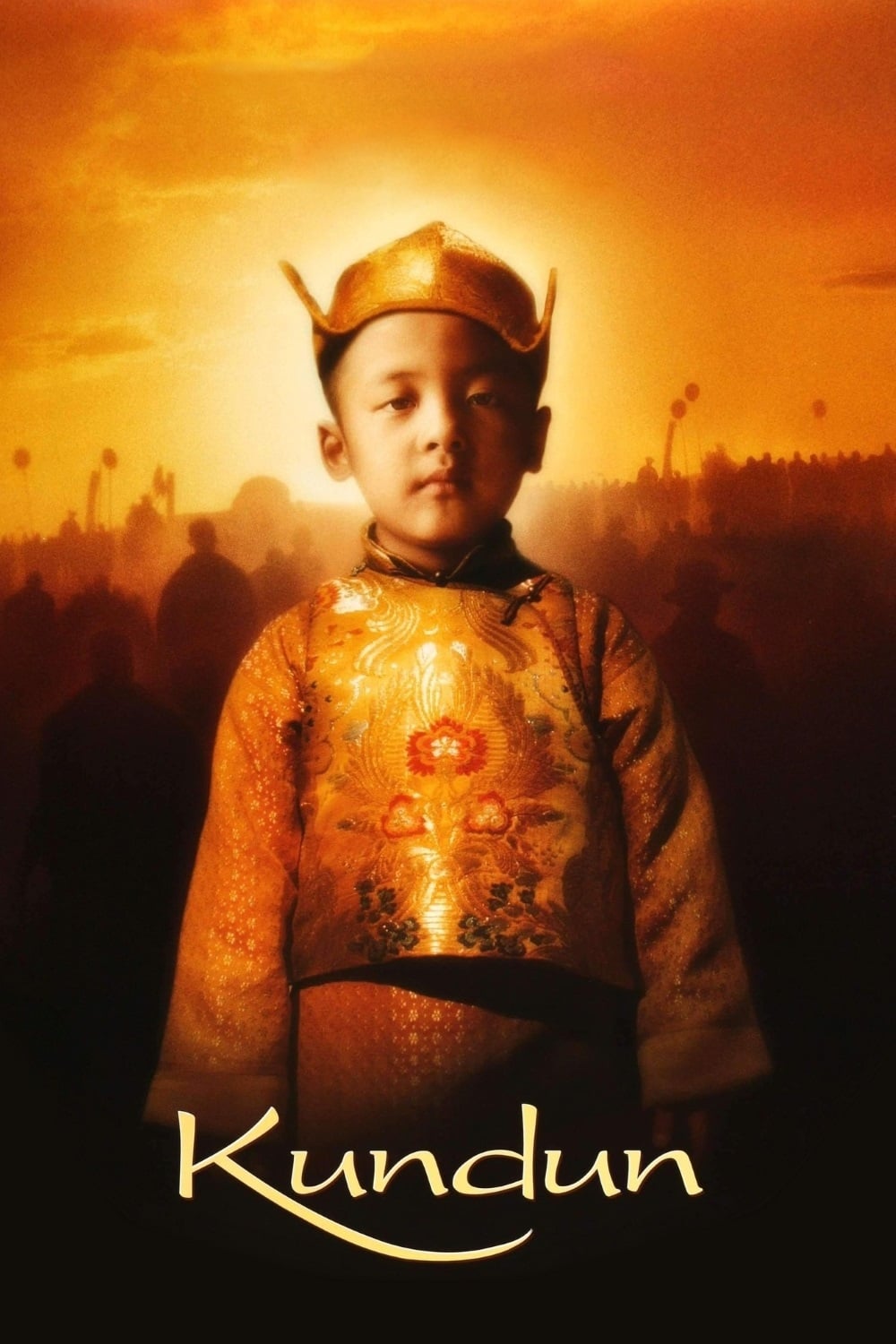
Martin Scorsese’s film tells the story of the 14th Dalai Lama’s childhood, showing how he was discovered, the political challenges he faced, and his eventual escape. It offers a detailed look at Tibetan religious practices, education, and public appearances, and beautifully recreates the palaces and monasteries with authentic details like fabrics, paintings, and ceremonial items.
As a huge fan, I was really impressed with how much care went into making this film feel authentic. They actually worked with Tibetan advisors, which is amazing! And the landscapes? Those sweeping outdoor scenes were filmed in Morocco. What really struck me was the music by Philip Glass – it’s this beautiful, repeating theme that perfectly matches how the movie is divided into sections. Plus, everything inside – the costumes, the sets – was made by hand using traditional techniques, and it really shows on screen. It gives everything this incredible, textured look.
‘Following’ (1998)

I recently checked out Christopher Nolan’s very first film, made on a shoestring budget, and it’s fascinating. It centers around a lonely guy in London who starts following random people, eventually befriending a burglar who shows him the ropes of breaking and entering. What really struck me was how Nolan played with time – he doesn’t tell the story straight, instead using things like the main character’s haircuts and clothes to subtly show when things are happening. It’s cleverly constructed, with little details and objects reappearing later in ways that really tie the whole thing together. It’s a smart, intriguing piece of work, especially considering it was made so early in his career.
The film was made on a very low budget, shot over weekends using leftover black and white film. The actors rehearsed a lot to keep filming quick and efficient. They filmed in friends’ houses and on location in public places, and the soundtrack includes city sounds to emphasize how the urban environment shapes the characters’ everyday lives.
‘The Frighteners’ (1996)

Peter Jackson’s film combines spooky ghost effects with a puzzling small-town mystery. It follows a con artist who claims to talk to spirits and begins to suspect a connection between several recent deaths. The movie uses a mix of traditional sets and new digital technology to create realistic ghosts that seem to move through solid objects, and the story unfolds like a classic detective case, with clues revealed one by one.
The filmmakers relied on Weta Digital to create hundreds of visual effects, which also improved their workflow for future projects. Filmed in New Zealand, the production cleverly transformed the location into an American setting using detailed set design. The camera frequently moved along tracks through intricately built sets, allowing visual effects and actors to seamlessly blend within the same shot.
‘Red Beard’ (1965)
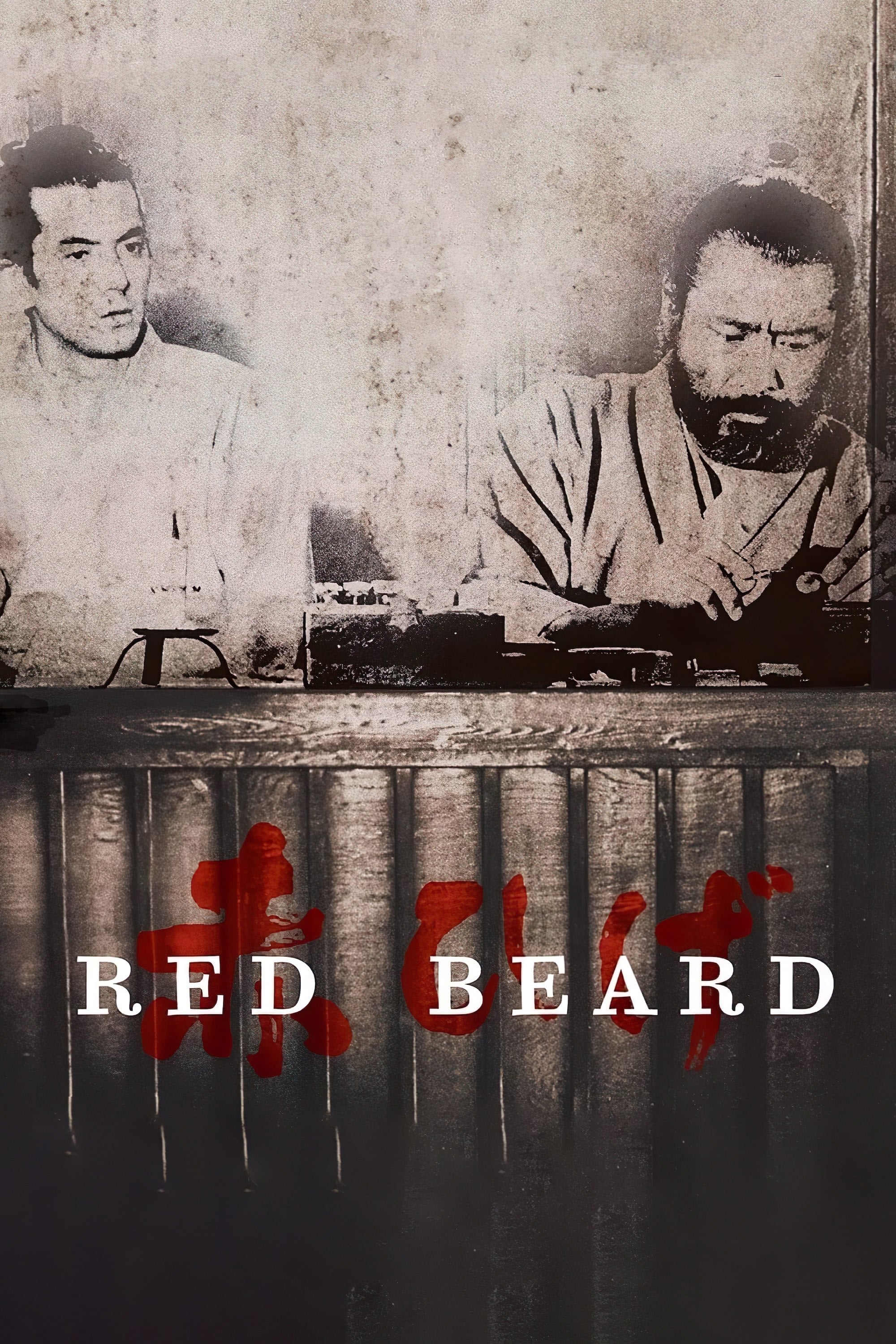
The film, directed by Akira Kurosawa, centers around a country clinic where an experienced doctor guides a new apprentice. Through the various patients they treat – including procedures like setting broken bones and addressing infections – the film highlights the importance of careful observation and detailed record-keeping in making accurate diagnoses.
The filmmakers constructed a complete clinic set, including working wells and kitchens, which enabled them to film scenes seamlessly throughout the courtyards and interior spaces. The production team spent considerable time rehearsing and perfecting the set’s layout. This film also represents the last time director Akira Kurosawa worked with the iconic actor Toshiro Mifune, whose appearance—specifically his beard and stance—showcases the character’s years of dedication.
‘The Man Who Wasn’t There’ (2001)
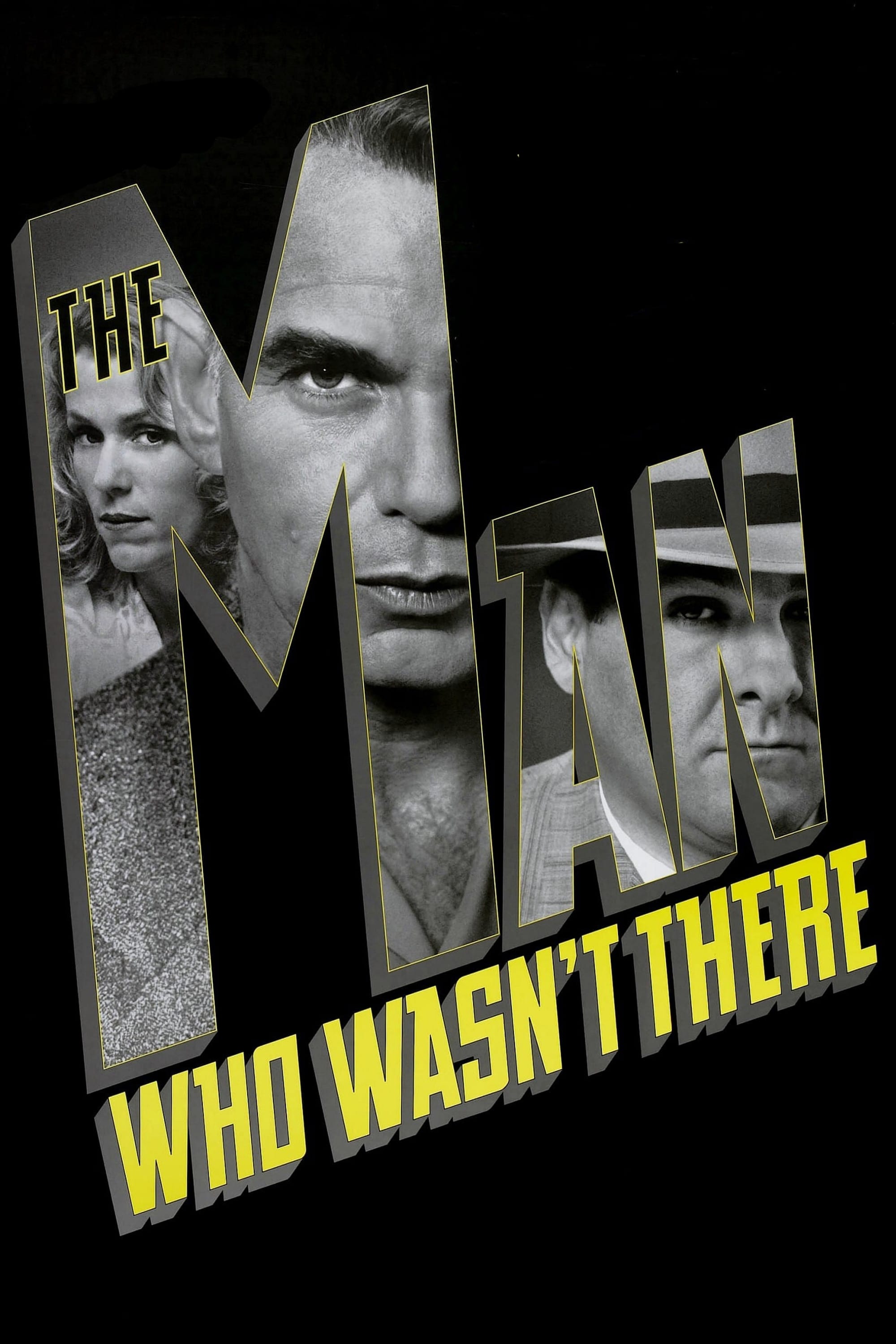
The Coen brothers filmed in black and white to tell the story of a calm barber who unexpectedly gets caught up in a crime. The story unfolds through courtroom proceedings, written statements, and even a business plan for a dry cleaning service, showing how random encounters drive the plot forward.
The filmmakers achieved a specific grayscale look by shooting in color and then converting the footage to black and white, carefully adjusting the contrast and texture with the help of cinematographer Roger Deakins. They meticulously recreated the period setting with authentic cars, signs, and appliances, and the sound design included subtle details like the hum of electricity and fan noise to evoke the feeling of the era’s technology.
‘The Duellists’ (1977)
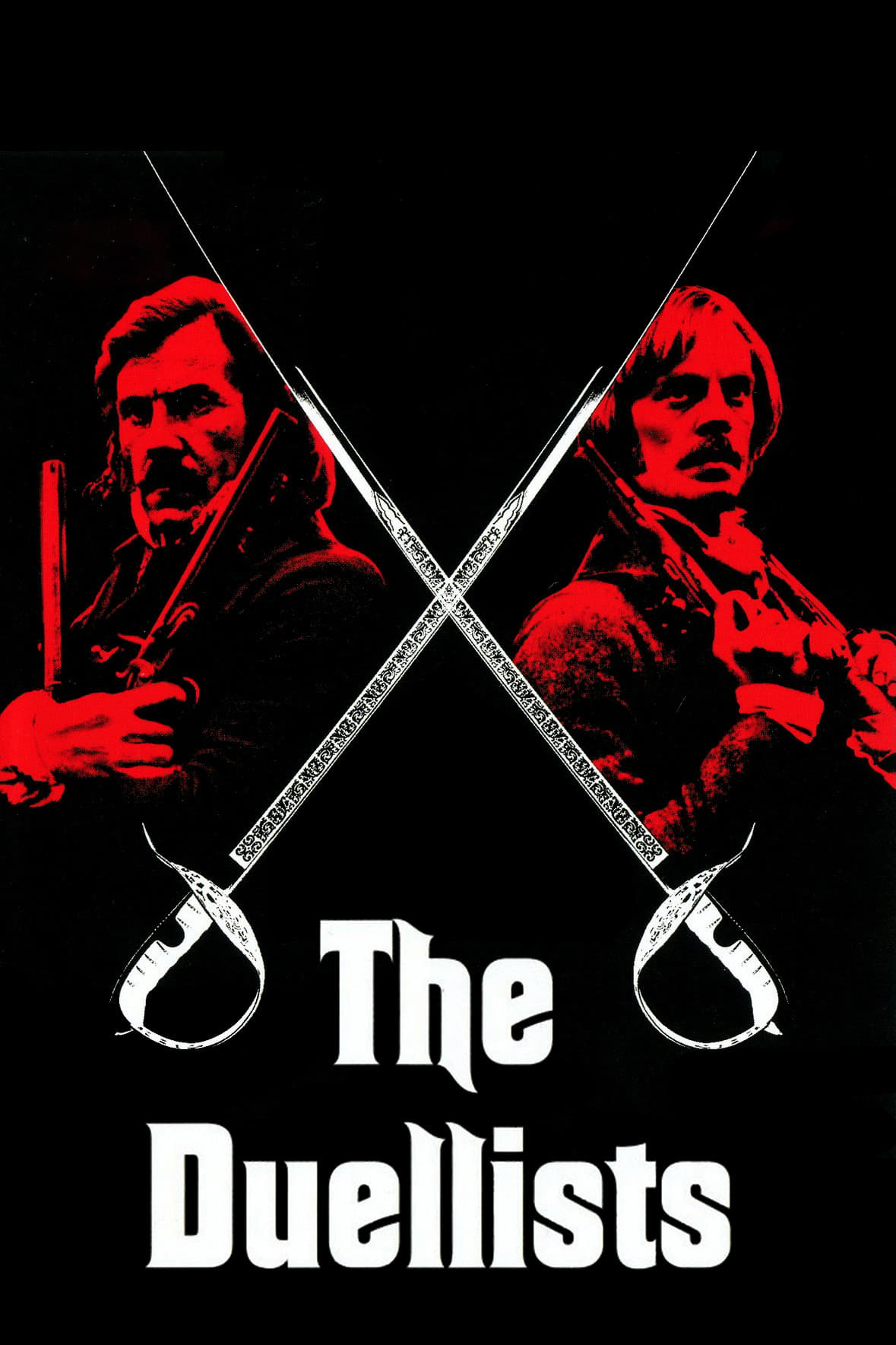
Ridley Scott’s film is based on a story by Joseph Conrad, following two French officers locked in a decades-long rivalry. Their feud plays out through both formal duels and encounters during wartime and peace. The movie meticulously depicts sword and cavalry fights, focusing on technique and proper conduct, and skillfully interweaves military commands with the officers’ personal animosity.
The film was shot on location in Europe, taking advantage of historic buildings and landscapes. Filmmakers used natural lighting whenever possible, relying on windows and candlelight. The costume designers meticulously recreated authentic uniforms, paying close attention to details like braids and buttons. The movie’s positive reception at the Cannes Film Festival was a major boost to director Scott’s career, showcasing his skill in creating believable historical settings.
‘Amistad’ (1997)
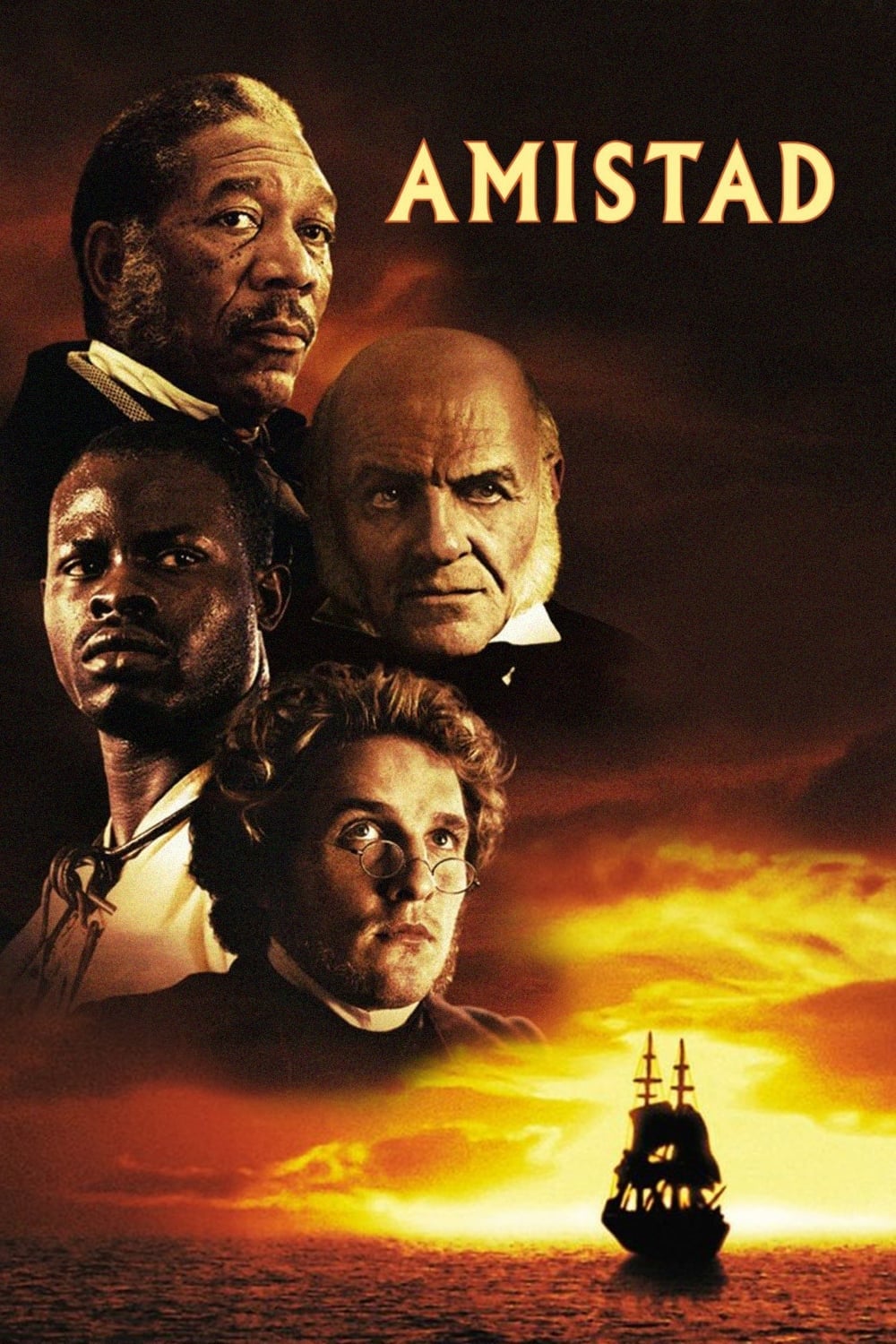
Steven Spielberg’s film tells the story of the legal fight following a rebellion aboard the Spanish ship La Amistad. It highlights the challenges of translation, questions of ownership, and how international laws played a role. The movie uses courtroom scenes, with evidence and witness statements, to show how legal authority and diplomatic efforts determined the outcome of the case.
The production meticulously rebuilt ships and courtrooms based on historical research, allowing for dynamic camera work during questioning. The actors perform in several languages, and the script cleverly incorporates interpreters to illustrate how communication flowed between characters. The music and costumes vividly evoke the atmosphere of the late 1830s.
‘Strange Days’ (1995)
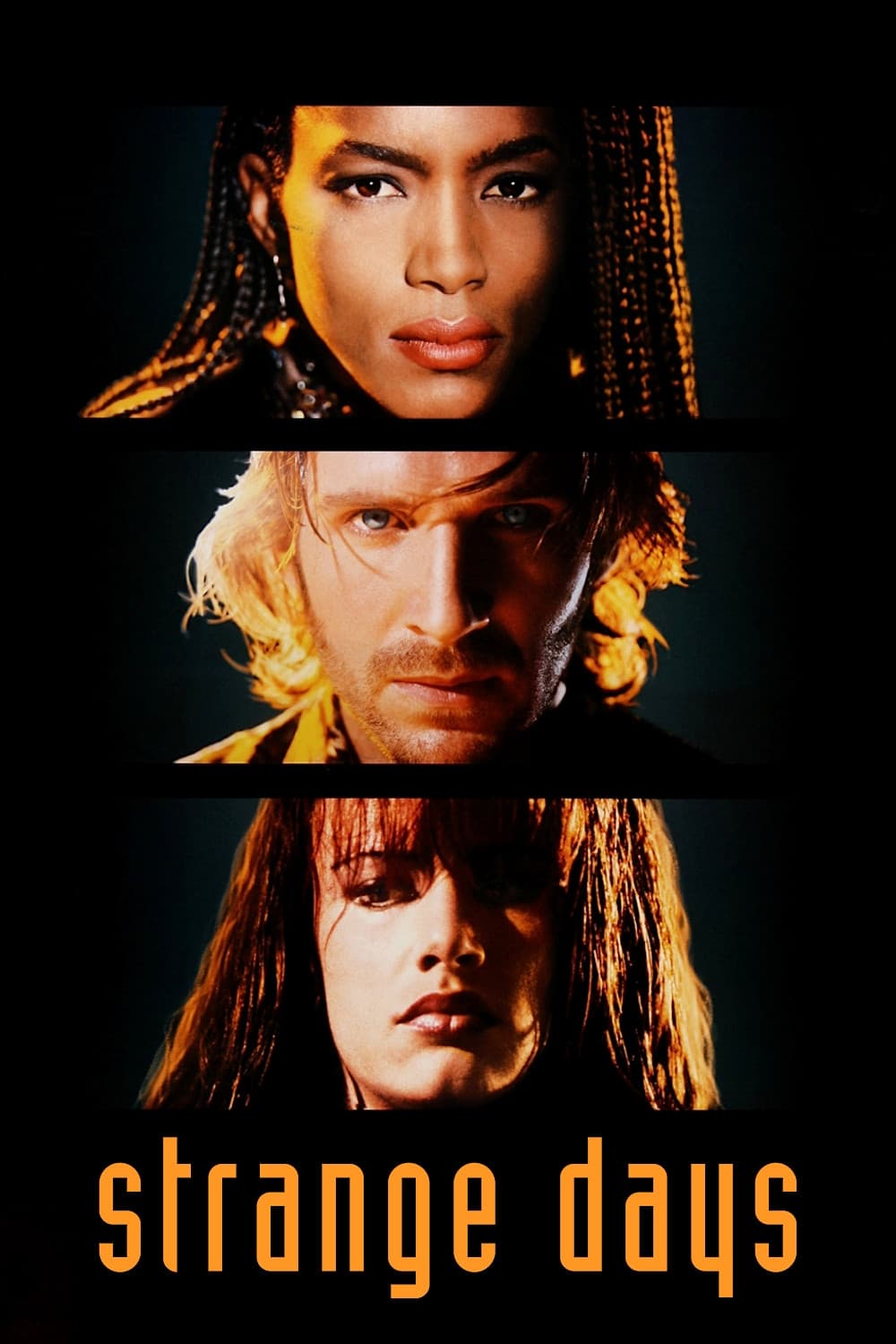
Kathryn Bigelow’s film takes place in the closing days of 1999 and centers on a technology that allows people to relive others’ memories through illicit recordings. The movie showcases this technology using unique camera work – specifically, from the perspective of the person whose memories are being experienced – and uses it to link a local crime to wider social upheaval.
Filming the New Year’s Eve scenes involved many extras, stunts, and camera rigs, and required coordinating with the city to close off streets for nighttime shooting. The story takes place in the music industry and features realistic police work and illegal dealings. The editing style jumps between security footage, recordings, and real-time action to clearly show how the technology functions.
‘The Iron Giant’ (1999)
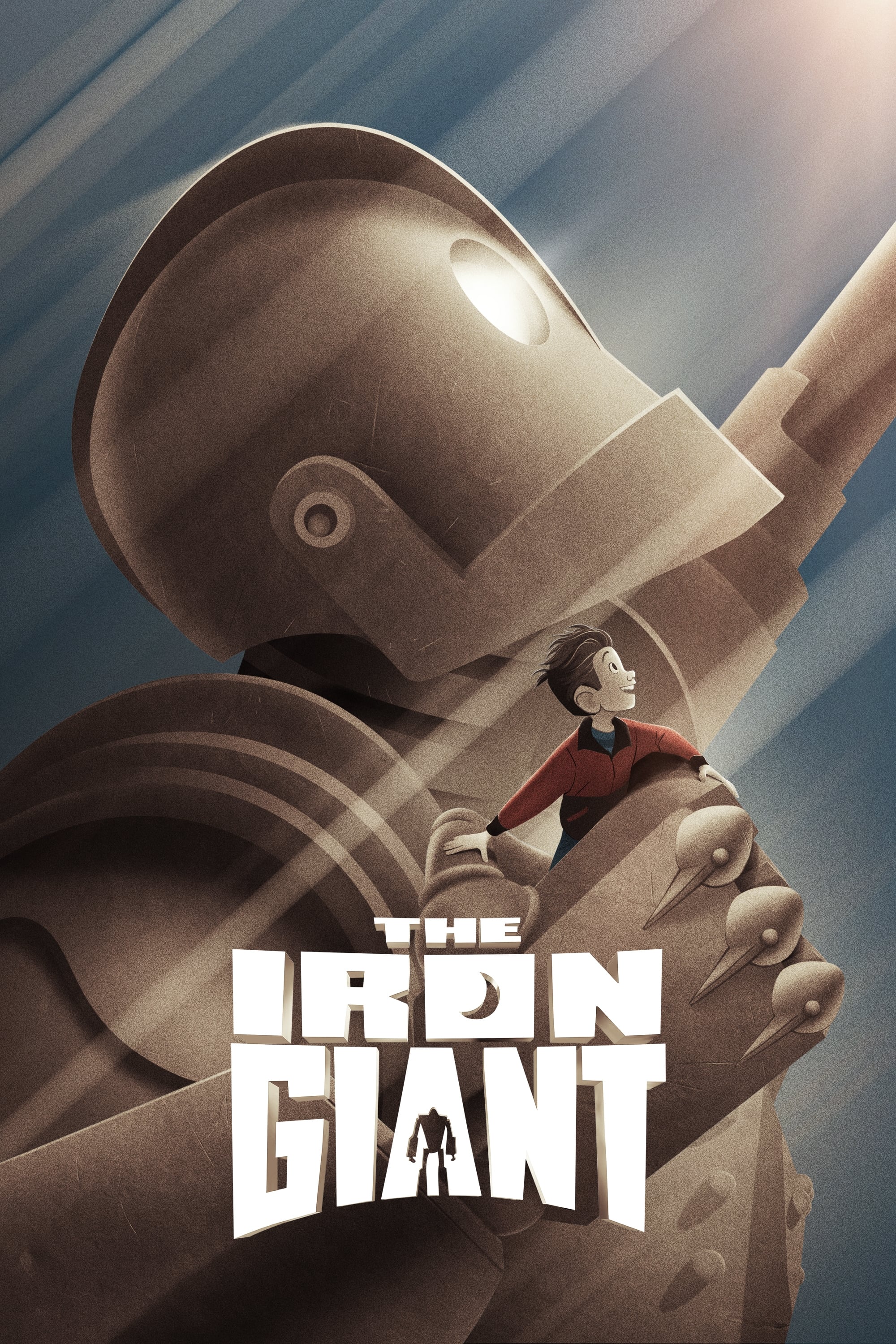
Brad Bird’s film tells the story of a young boy in 1950s Maine who finds a massive robot and attempts to conceal it from the government. The movie uniquely combines traditional hand-drawn animation with computer-generated imagery for the robot, seamlessly integrating it into the scenes with matching lighting and perspective.
The film featured wide, scenic shots of the robot in diverse environments like forests, junkyards, and along the coast. Visual effects, such as snow and sparks, were carefully synchronized with the animation. While the initial marketing was limited, the film gained popularity over time through home video and television broadcasts. It has since been updated and restored for special anniversary showings.
Share the one you think more people should see next in the comments.
Read More
- DOGE PREDICTION. DOGE cryptocurrency
- TON PREDICTION. TON cryptocurrency
- EQT Earnings: Strong Production
- Leveraged ETFs: A Dance of Risk and Reward Between TQQQ and SSO
- Calvin Harris Announces India Debut With 2 Shows Across Mumbai and Bangalore in November: How to Attend
- GLD vs. SLV: Which ETF Wins for Retail Investors?
- The Dividend Maze: VYM and HDV in a Labyrinth of Yield and Diversification
- Dogecoin’s Wild Ride: 165K% Liquidation Chaos!
- The Relentless Ascent of Broadcom Stock: Why It’s Not Too Late to Jump In
- Gold Rate Forecast
2025-10-12 14:18